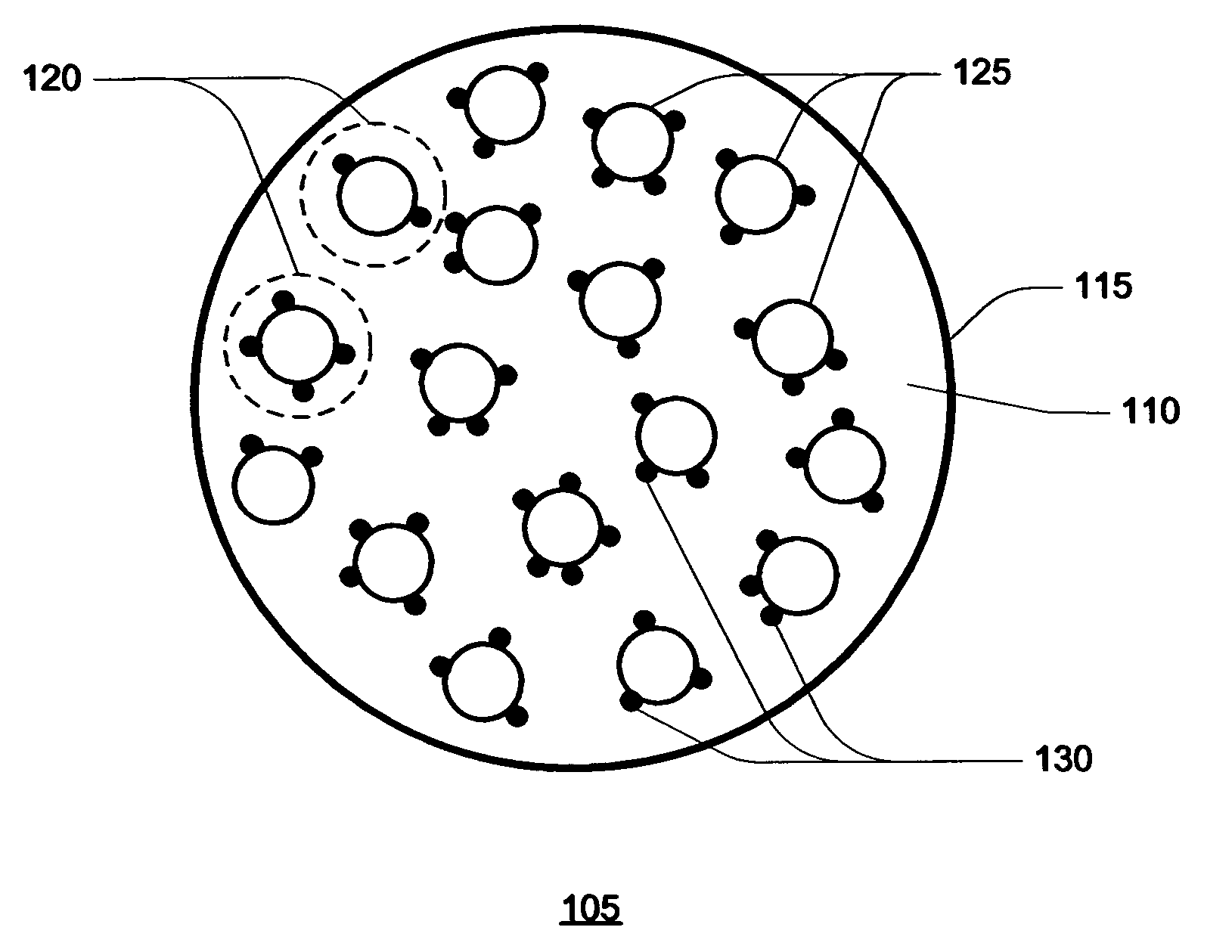Removal of PCB and other halogenated organic contaminants found in ex situ structures
a technology of halogenated organic contaminants and ex situ structures, which is applied in the field of removal of contaminants, can solve the problems of significant problems, adverse health effects on both humans and animals, and ongoing removal of contaminants from natural resources
- Summary
- Abstract
- Description
- Claims
- Application Information
AI Technical Summary
Benefits of technology
Problems solved by technology
Method used
Image
Examples
Embodiment Construction
[0015]In the following detailed description of the preferred embodiments, the embodiments are described in sufficient detail to enable those skilled in the art to practice the invention, and it is to be understood that other embodiments may be utilized and that logical, mechanical and chemical changes may be made without departing from the spirit and scope of the present invention. The following detailed description is, therefore, not to be taken in a limiting sense, and the scope of the present invention is defined only by the appended claims and equivalents thereof.
[0016]The present invention provides an in-situ PCB remediation process that is applicable for the treatment of ex situ structures containing metal and PCB compounds within externally applied coatings such as paint, caulking material, elastomeric coating, etc. While it is known that zero-valent iron (Fe) is very effective in the treatment of chlorinated hydrocarbons, such as dissolved trichloroethylene (TCE), zero-valen...
PUM
| Property | Measurement | Unit |
|---|---|---|
| particle size | aaaaa | aaaaa |
| temperatures | aaaaa | aaaaa |
| time | aaaaa | aaaaa |
Abstract
Description
Claims
Application Information
 Login to View More
Login to View More - Generate Ideas
- Intellectual Property
- Life Sciences
- Materials
- Tech Scout
- Unparalleled Data Quality
- Higher Quality Content
- 60% Fewer Hallucinations
Browse by: Latest US Patents, China's latest patents, Technical Efficacy Thesaurus, Application Domain, Technology Topic, Popular Technical Reports.
© 2025 PatSnap. All rights reserved.Legal|Privacy policy|Modern Slavery Act Transparency Statement|Sitemap|About US| Contact US: help@patsnap.com


